
An exhibition in Beijing, combining paintings with historical items about Huns and the Central Plains, provides viewers with an in-depth observation into the two civilizations.
The innovative concept came about when Xu Rui and her colleagues from Henan Museum first saw a group of large oil paintings about Huns in 2011.
Huns were nomadic people who first appeared in Europe before the first century and according to some reports, they are related to the Xiongnu people who migrated out of the Mongolia region.
"We were overwhelmed by the vivid description of history," Xu says. "Our museum has been exploring new exhibition forms," he says.
They were inspired to plan an exhibition that combines the paintings with historical items related to Huns.
When they presented the idea to Shanggu Arts, the owner company of the art pieces, the two parties immediately reached an agreement.
They bounced their exhibition concept off curators and experts from museums of the Inner Mongolia and Ningxia Hui autonomous regions and Gansu province, and were met with support. Each museum contributed its reserved relic pieces.
The result of their hard work is the exhibition, Huns and the Central Plains: Collision and Mergence of the Two Civilizations, now housed at the Beijing World Art Museum of the China Millennium Monument. The show displays 115 pieces and sets of artifacts and 28 large oil paintings on related historical subjects.
The exhibition received overwhelming response when it was held in Henan province and Inner Mongolia last year.
"When I saw the exhibition in Zhengzhou (Henan's provincial capital), I became deeply interested in its subject and theme. After a year of concerted efforts, it is now presented here," says Wang Limei, curator of the Beijing World Art Museum.
The exhibition received more than 2,700 visitors during the first two days, according to the museum's executive curator Zhou Wei.
"It is our first attempt at combining artifacts with art. The oil paintings give a vivid interpretation of the meanings of the artifacts, while the artifacts attest to the historical facts represented by the paintings," Wang says.

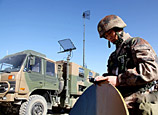
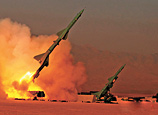

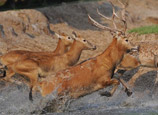
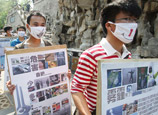
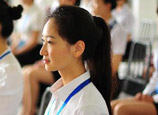
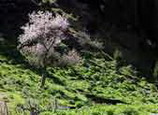
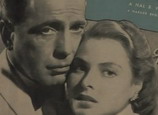
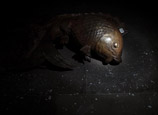
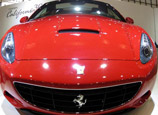






 S China city looks like Venice after heavy downpour
S China city looks like Venice after heavy downpour


![]()
